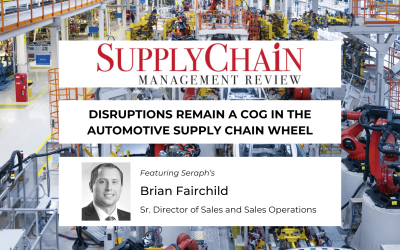Ask anyone who depends on products that come out of China how confident they are that the supply chain is reliable, and you will hear stories of product price increases, higher logistics costs and shortages… Looking back at 2021 and the Delta lockdowns in China gives us a good model for Beijing’s response to Omicron. My team at supply-chain consultancy Seraph and I expect that China will continue to follow the “zero tolerance” strategy, but with a virus where the R0 (basic reproductive number, i.e., an indicator of how contagious the virus is) is higher than Delta, it is unclear how many areas will need to be locked down.
…Ports in China have also been impacted by Omicron, and while operations have not halted, bottlenecks are growing. Ships continue to pile up off the coast of Long Beach, Calif.; the ship time of containers from China to the U.S. remain many times higher than pre-pandemic; and goods are sitting in Chinese ports for extended periods.
When the Chinese bottlenecks finally burst, it will create a renewed wave of pressure as they arrive at U.S. ports. These higher costs and increased delays are the current state in mid-January; if we hit a long shutdown, expect both the cost of shipping and time from manufacturing to end customer to continue to grow. In an overloaded system, any additional pressure will likely have a significant impact and will create backlogs that will drive prices higher for a minimum of six and possibly as many as 18 months.
To read the rest of this article by Ambrose Conroy, Seraph’s founder and CEO, please go to n Industry Week.
This article also ran in Material Handling & Logistics.






